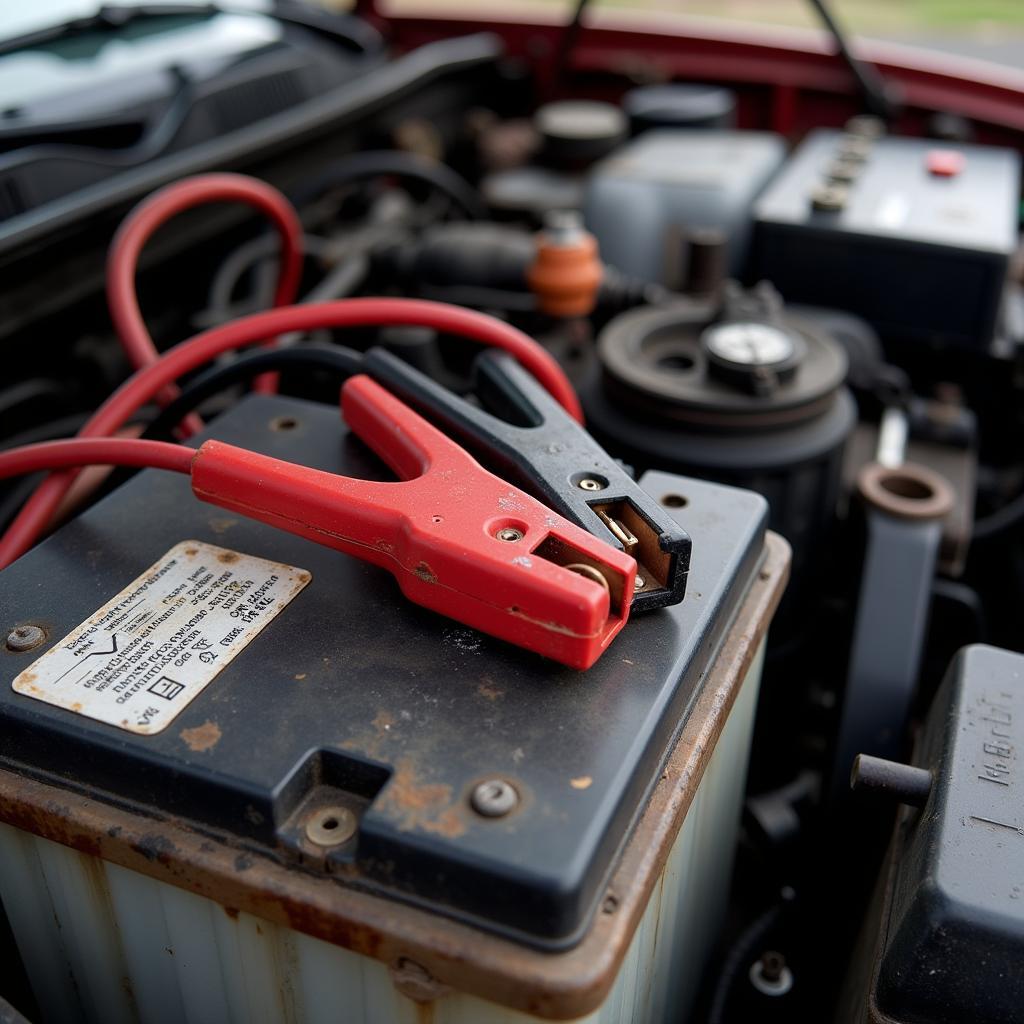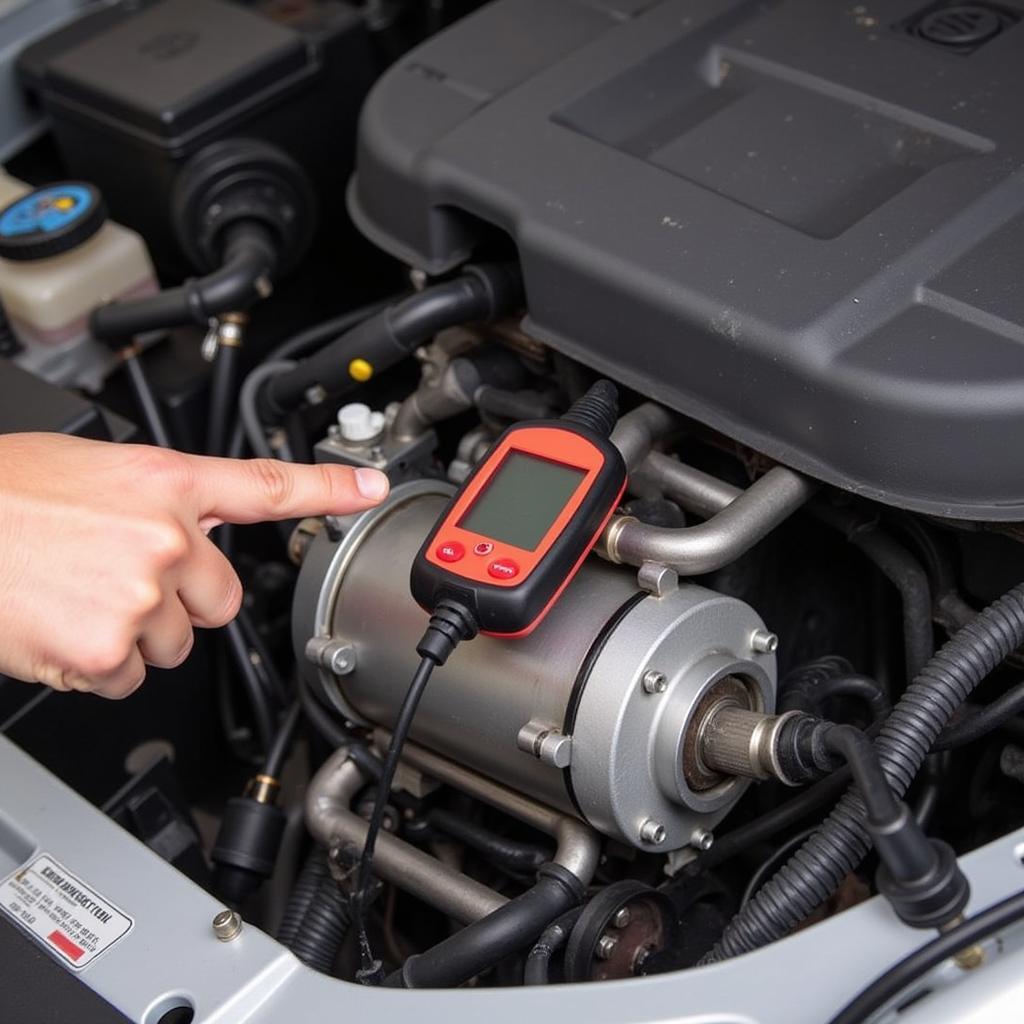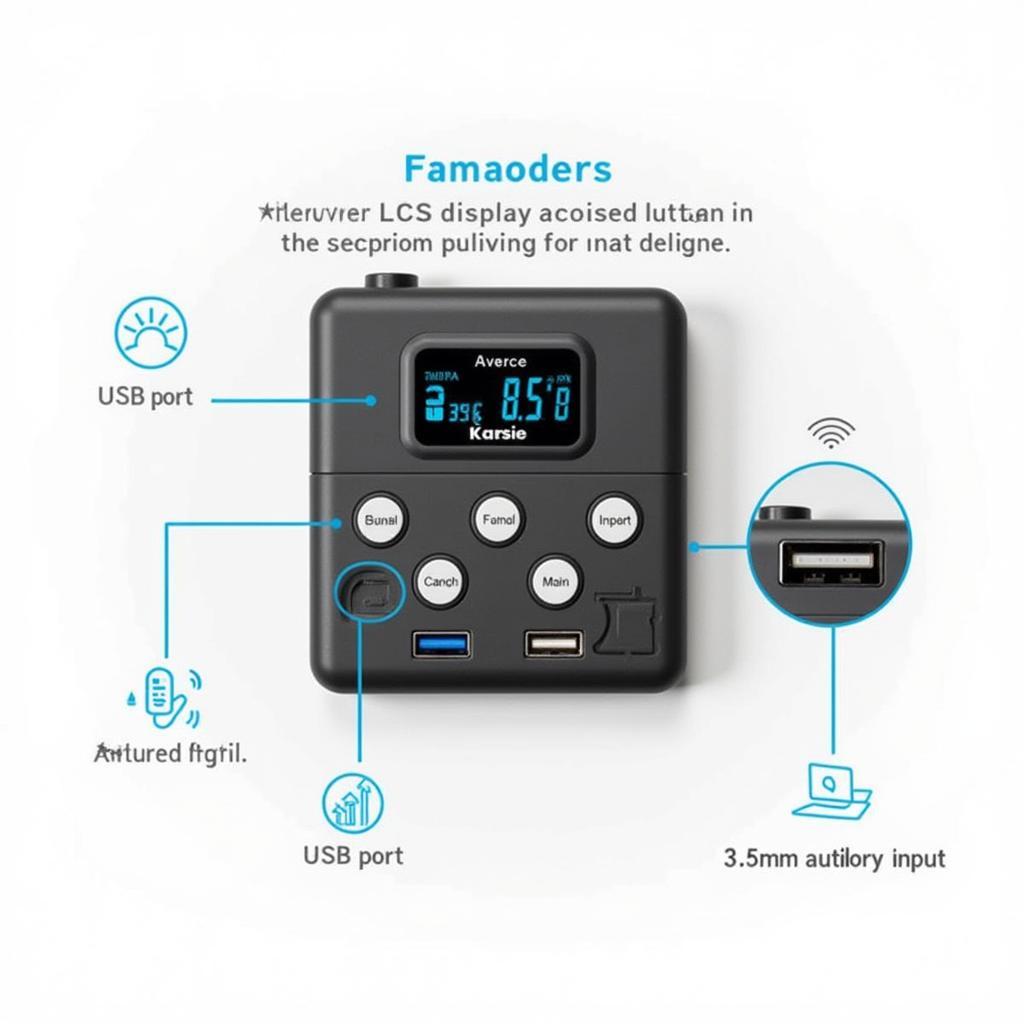You jumped your car, relieved to finally get it started, only for it to die again moments later. This frustrating scenario is surprisingly common. This article delves into the reasons why a jump-started car might die again, offering troubleshooting tips and solutions to get you back on the road.
Why Does My Jump-Started Car Keep Dying?
Several issues can cause a car to die after jump-starting, ranging from simple problems to more complex electrical or mechanical faults. A dead battery is the most common culprit, but other possibilities include a faulty alternator, bad starter, parasitic drain, or even a fuel system issue. Identifying the root cause is crucial for effective and lasting repair.
The Battery: More Than Just a Dead Charge
While a dead battery is the obvious suspect, it’s not always as simple as needing a new one. Sometimes, the battery might simply be too discharged to accept a jump, especially in extremely cold weather. Other times, the battery might have internal damage, preventing it from holding a charge.
 Dead Car Battery Jump Start Fail
Dead Car Battery Jump Start Fail
The Alternator: The Powerhouse of Your Vehicle
The alternator’s role is to recharge the battery while the engine is running. If the alternator is faulty, it won’t replenish the battery’s charge, leading to the car dying again shortly after being jump-started. A simple test with a multimeter can often diagnose a bad alternator.
The Starter: Turning Over Trouble
The starter motor cranks the engine to initiate combustion. A failing starter can draw excessive current, quickly draining a newly jump-started battery, causing the car to die. Clicking sounds when turning the key are a common symptom of a faulty starter.
 Car Starter Malfunction Engine Stall
Car Starter Malfunction Engine Stall
Parasitic Drain: The Silent Energy Thief
A parasitic drain occurs when an electrical component continues to draw power even when the car is off. This can slowly drain the battery, rendering a jump-start ineffective in the long run. Identifying and eliminating parasitic drains requires systematic testing of various circuits.
Fuel System Issues: Beyond the Electrical
While less common, a fuel system problem can also cause a car to die after jump-starting. A clogged fuel filter, faulty fuel pump, or even a bad fuel pressure regulator can starve the engine of fuel, leading to stalling.
Troubleshooting Your Car After a Failed Jump Start
- Check the battery connections: Ensure the battery terminals are clean and tight. Corrosion can hinder the flow of electricity.
- Test the alternator: Use a multimeter to measure the voltage across the battery terminals while the engine is running. A reading below 13.5 volts usually indicates a faulty alternator.
- Listen for the starter: Clicking noises when turning the key suggest a starter problem.
- Inspect for fuel leaks: Look for any signs of fuel leaks around the engine and under the car.
- Check the fuel pump: You can usually hear the fuel pump activate when you turn the key to the “on” position (without starting the engine). If you don’t hear it, the fuel pump might be faulty.
“A simple voltmeter can save you a lot of time and money when diagnosing car electrical issues,” says Robert Hernandez, a seasoned automotive electrician with over 20 years of experience. “It’s a must-have tool for every car owner.”
Preventing Future Jump-Start Issues
Regular maintenance is key to preventing future jump-start scenarios. This includes:
- Regular battery testing: Have your battery tested annually, especially in extreme climates.
- Alternator checks: Have your alternator inspected during routine maintenance.
- Addressing parasitic drains promptly: If you suspect a parasitic drain, have it diagnosed and repaired immediately.
“Don’t ignore warning signs like dimming headlights or slow engine cranking,” advises Sarah Chen, a certified automotive technician. “These are often early indicators of a failing battery or alternator.”
Conclusion
Experiencing a car dying after a jump-start can be frustrating, but understanding the potential causes and employing proper troubleshooting steps can help you get back on the road quickly. By performing regular maintenance and addressing issues promptly, you can minimize the chances of needing a jump-start in the future. Remember to prioritize safety and consult a qualified mechanic if you are unsure about any of the steps involved. Don’t let a dead battery ruin your day.


